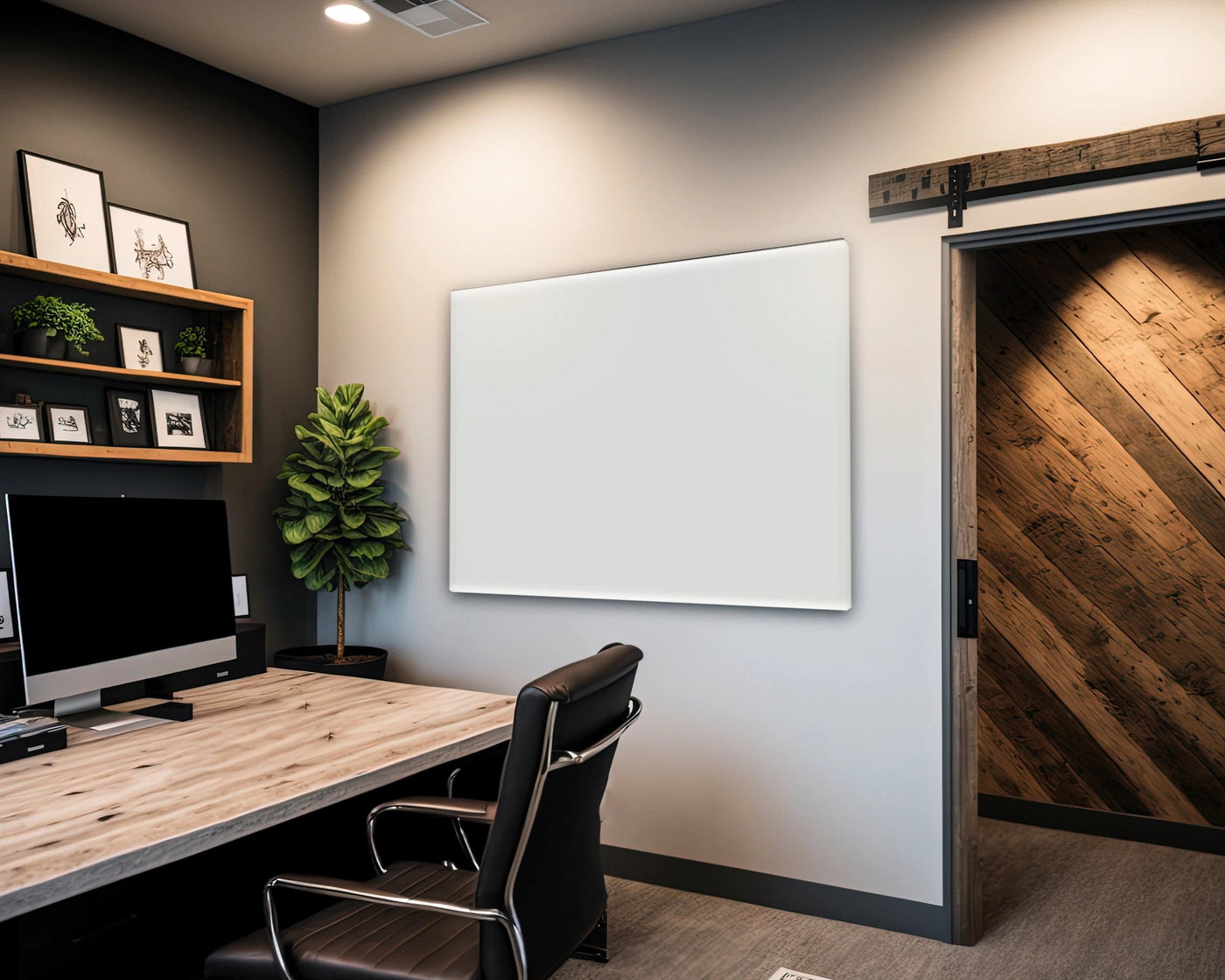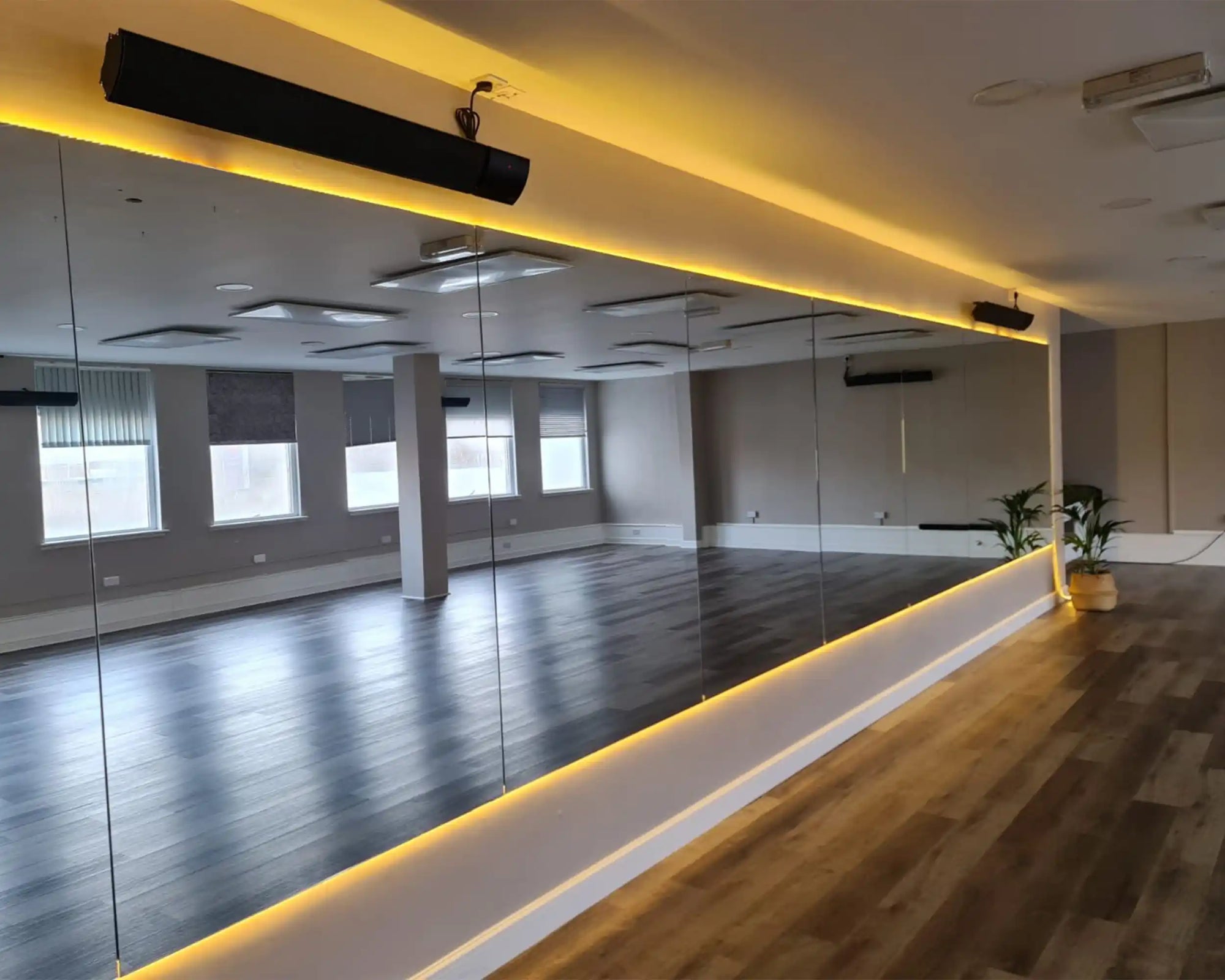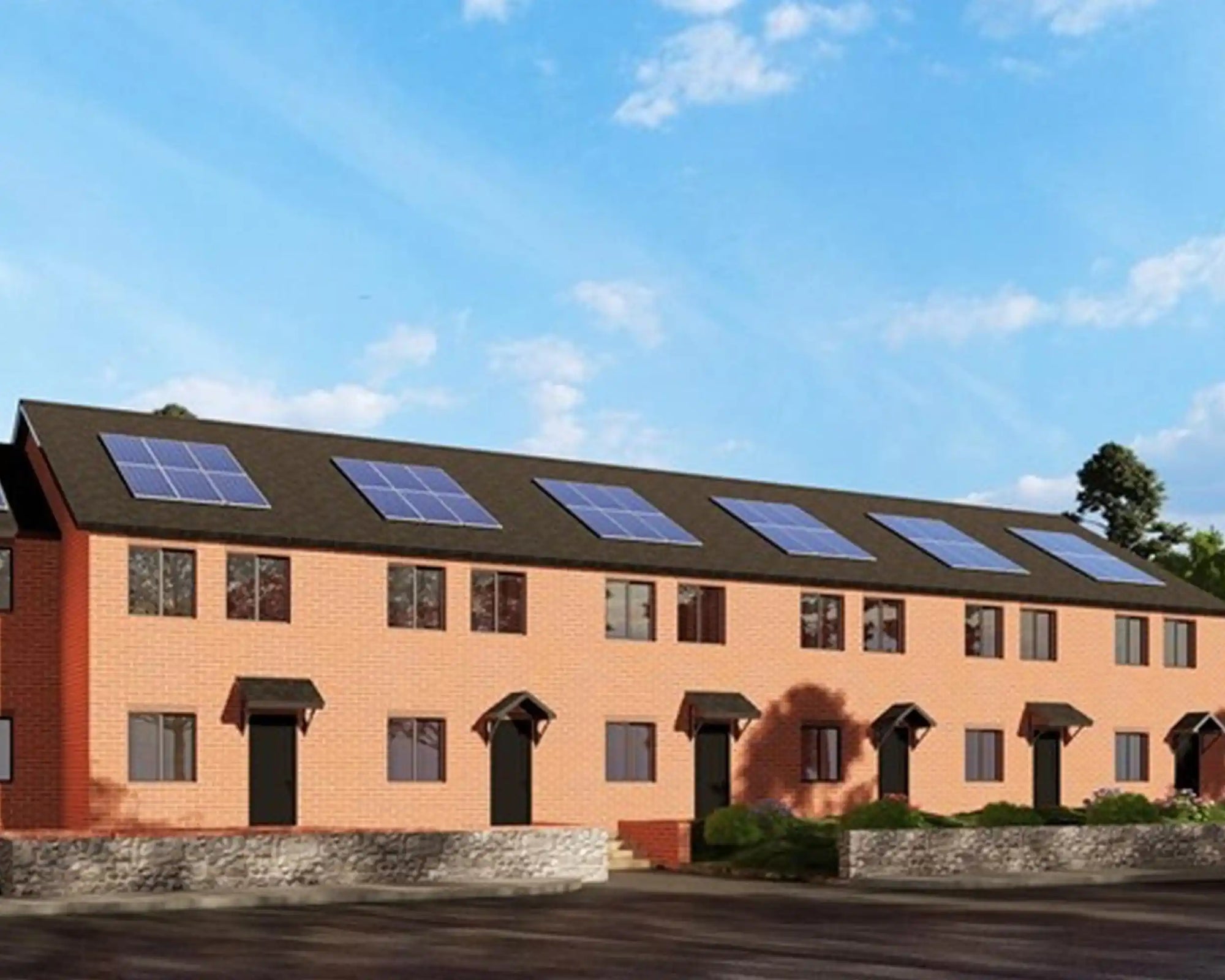After extensive and in-depth online research, Gilly approached us with her project for her 4-bedroom property. She needed a full-house solution that was effective as well as sustainable. With a background in engineering, she knew what the right questions to ask were. Which infrared heater is the best for my home? IR panels or Smart Heater Bars? What size and wattage would I need for each room? What control system would I need to control and regulate the panels? Taking all these factors and questions into consideration, we embarked on a thorough assessment of Gilly's property, which included a lot of meetings/conversations, and figuring out potential issues for each room. Armed with this information, we devised a comprehensive plan tailored to Gilly's specific needs and preferences. Our solution involved a combination of infrared panels strategically placed throughout the house, optimized for efficiency and comfort. we were confident that we could deliver a solution that not only met Gilly's immediate requirements but also aligned with her long-term sustainability goals.
Uneven Heating and Hard-to-heat Spaces
Gilly’s current heating system was not effective and working as it should. The key problem was certain areas of her home were very difficult to keep warm resulting in uneven heating and cold spots throughout the home, despite keeping the radiator on continuously for hours and paying extortionate energy bills. This is a common issue across many homes across the UK, which rely on outdated heating systems such as gas boilers and cheap convection space heaters that take in a lot of energy with minimum output. Even though it was a very well-insulated home, there was leaking pipework and the current radiators were set up in awkward places replacing them for a like-for-like system proved to be costly. Replacing the gas boiler wouldn’t have been a very eco-friendly option, and they are a major source of carbon emissions. The UK government has set ambitious targets to achieve net-zero carbon emissions by 2050. This is driving the adoption of alternative heating technologies.
Alternative Heating Choices
Installing underfloor heating or air source heat pumps would mean that there would be a lot of time-consuming invasive work within the house. Taking off and replacing floorboards within the home seemed like a daunting task, however, after looking into alternative solutions such as AIR SOURCE HEAT PUMPS and even the possibility of replacing her gas boiler, she came across Infrared Heaters and Kiasa Heating.
Why Choose Kiasa Heating UK?
Gilly's final decision came down to the sustainability and quality of the panels. Some panels from alternative suppliers were too heavy to install and/or were overly priced. To try out and experiment with Kiasa Infrared Panels, Gilly started with one 720w panel as a portable heater to understand how it worked in an area where it was hard to heat. The panel solved this issue within 30 minutes, at which point led to a full house renovation.
Full House Heating Solution
Gilly’s main goal was to find the right product for her home. Something that was energy efficient and that gave her the ability to zone each area with individual controls that work around her daily schedule. Using external controls/thermostats worked best as it included smart controls and wall-mounted controls that would be accessible for anyone within the home to adjust to their liking.
The Kiasa team have calculated how many wattages would be required in each room, and based on the results, suggested the wattage of each panel which is written below. We even advised a combination of Kiasa Panels and Heater Bars to help reach the desired temperatures required by our client.
Ground Floor
Zone 1
Living Room: 1 x 1.8Kw Heater Bar - Wall Mounted
1 x 720w Panel - Wall Mounted
Dining Room: 1 x 960w Panel - Ceiling Mounted
Zone 2
Study: 1 x 600w CUSTOM Panel - Wall Mounted
Shower Room: 1 x 180w Panel - Ceiling Mounted
Utility: 1 x 350w Panel - Ceiling Mounted
Zone 3
Reception/Guest Room: 1 x 960w Panel - Ceiling Mounted
Zone 4
Kitchen:1 x 1800w Heater Bar - Wall Mounted
Breakfast Room: 1 x 720w - Ceiling Mounted
First Floor
Zone 5
Master Bedroom: 2 x 720w Panels - Ceiling Mounted
Ensuite: 1 x 180w Panel - Ceiling Mounted
Zone 6
Bedroom 2: 1 x 960w Panel - Ceiling Mounted
Zone 7
Bedroom 3: 1 x 960w Panel - Ceiling Mounted
Zone 8
Bedroom 4: 1 x 720w Panel - Wall Mounted
Shared Bathroom: 1 x 350w Panel - Ceiling Mounted


Controls Used
For controls we used Salus since it provided control accessibility within the entire household. It also included the possibility of complete wireless control and avoided any visible wires across the walls. The Salus SR600 receiver/relays that are connected to the panels, will connect to the SQ610RF thermostat and the UG600 Salus Gateway for app control.
Overall, installing IR panels worked out to be cheaper compared to other systems and this would also take into consideration the cost of the electrician to install and wire the units on the ceilings. Gilly and her neighbours a thoroughly impressed with the units and the output of the heat itself. In terms of cost, it worked out dramatically cheaper to hire an electrician and to purchase the heaters than installing the gas boiler.
CASE STUDY GALLARY IMAGES








